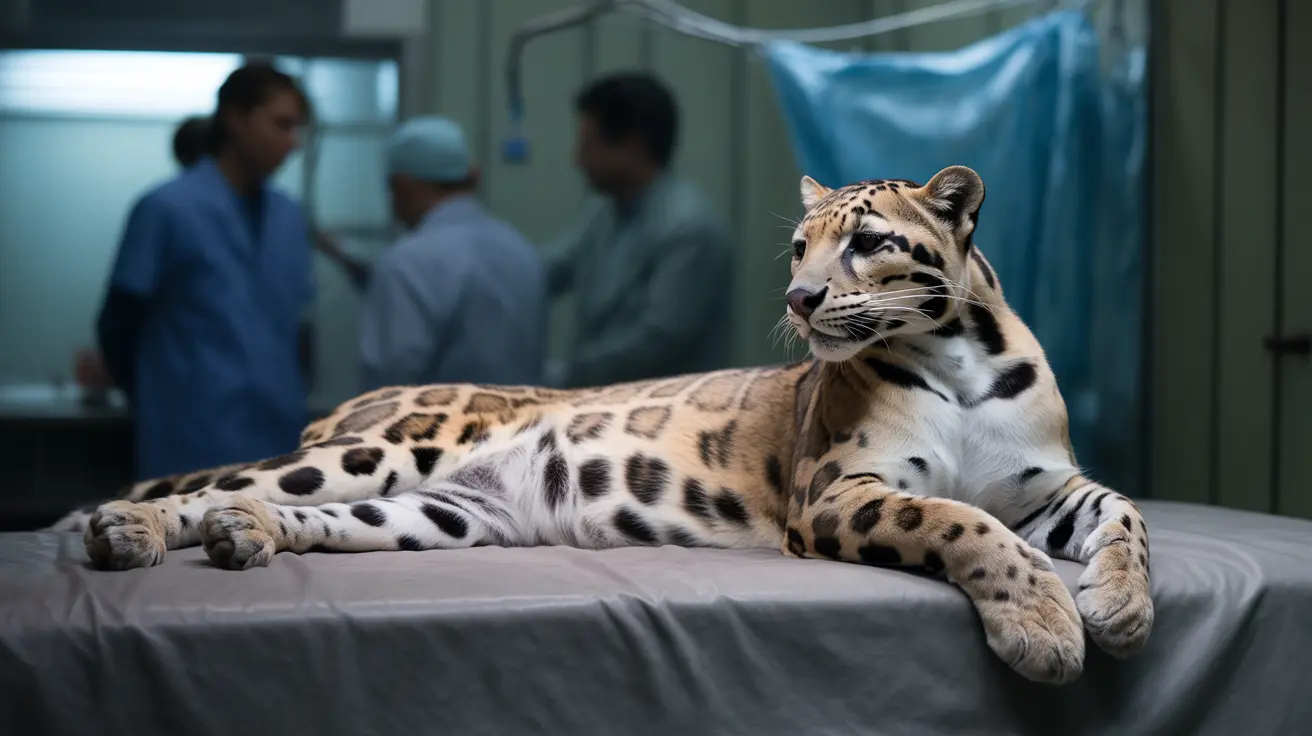If you've ever witnessed your cat coughing or retching, you might be wondering whether it's asthma or just a hairball. While both conditions can cause similar-looking symptoms, understanding the difference between cat asthma and hairballs is crucial for your pet's health and well-being. This comprehensive guide will help you distinguish between these two common feline conditions and know when to seek veterinary care.
Understanding Cat Asthma and Hairballs
Cat asthma is a serious respiratory condition that affects approximately 1-5% of cats. It's characterized by inflammation in the airways that can make breathing difficult and potentially dangerous. Unlike hairballs, asthma is a chronic medical condition that requires ongoing management and veterinary care.
Hairballs, on the other hand, are a natural byproduct of your cat's grooming habits. When cats groom themselves, they inevitably swallow some fur, which can accumulate in their digestive tract and eventually needs to be expelled.
Key Symptoms to Watch For
Asthma Symptoms
- Persistent dry coughing without producing anything
- Wheezing or labored breathing
- Crouching with neck extended
- Open-mouth breathing
- Quick, shallow breathing patterns
Hairball Signs
- Retching that produces a tubular mass of fur
- Arched back while retching
- Walking backward during the episode
- Productive coughing that results in expelled fur
- Normal breathing between episodes
Distinguishing Between the Two
The key difference lies in the outcome and positioning. With hairballs, your cat will typically produce a tube-shaped mass of fur after retching. During asthma attacks, the coughing is dry and nonproductive, and your cat may appear to be struggling to breathe.
Another crucial distinction is the frequency and timing of episodes. Hairballs typically occur occasionally and resolve once the fur is expelled. Asthmatic coughing tends to be more frequent and may worsen at night or during physical activity.
Treatment Approaches
Managing Cat Asthma
- Prescribed inhaled or oral medications
- Environmental modifications to reduce triggers
- Regular veterinary monitoring
- Possible emergency intervention during severe attacks
Dealing with Hairballs
- Regular grooming to reduce ingested fur
- Specialized hairball-prevention diets
- Hairball remedies or lubricants
- Increased water intake and fiber in diet
Prevention Strategies
For asthma prevention:
- Keep your home free from dust and strong odors
- Use unscented, low-dust cat litter
- Install air purifiers
- Avoid smoking around your cat
- Maintain regular veterinary check-ups
For hairball prevention:
- Brush your cat regularly, especially long-haired breeds
- Provide a balanced diet with adequate fiber
- Consider professional grooming services
- Monitor grooming habits for signs of excess
When to Seek Veterinary Care
- Frequent coughing without hairball production
- Difficulty breathing or open-mouth breathing
- Lethargy or loss of appetite
- Blue-tinted gums or tongue
- Persistent gagging without relief
Frequently Asked Questions
How can I tell if my cat's coughing is due to asthma or a hairball?
Look for the outcome of the coughing episode. Hairball-related coughing results in expelled fur, while asthmatic coughing is dry and doesn't produce anything. Asthmatic cats also tend to maintain a straight-necked position while coughing, whereas cats with hairballs often arch their backs.
What are the key differences in symptoms between cat asthma and hairballs?
Asthma typically involves dry coughing, wheezing, and labored breathing, with no fur production. Hairballs involve retching that produces a tubular mass of fur, and cats usually return to normal breathing immediately after.
When should I take my coughing cat to the vet to rule out asthma?
Seek veterinary care if your cat shows frequent coughing without producing hairballs, exhibits difficulty breathing, or shows signs of respiratory distress such as open-mouth breathing or blue-tinted gums.
What treatments are available for managing feline asthma compared to hairballs?
Asthma requires medical treatment including inhalers, corticosteroids, or bronchodilators. Hairballs are managed through preventive measures like regular grooming, specialized diets, and occasional use of hairball remedies.
How can I prevent asthma attacks and hairball problems in my cat?
Prevent asthma attacks by maintaining a clean environment, using air purifiers, and avoiding triggers like smoke or strong scents. Prevent hairballs through regular grooming, appropriate diet, and ensuring adequate hydration.






